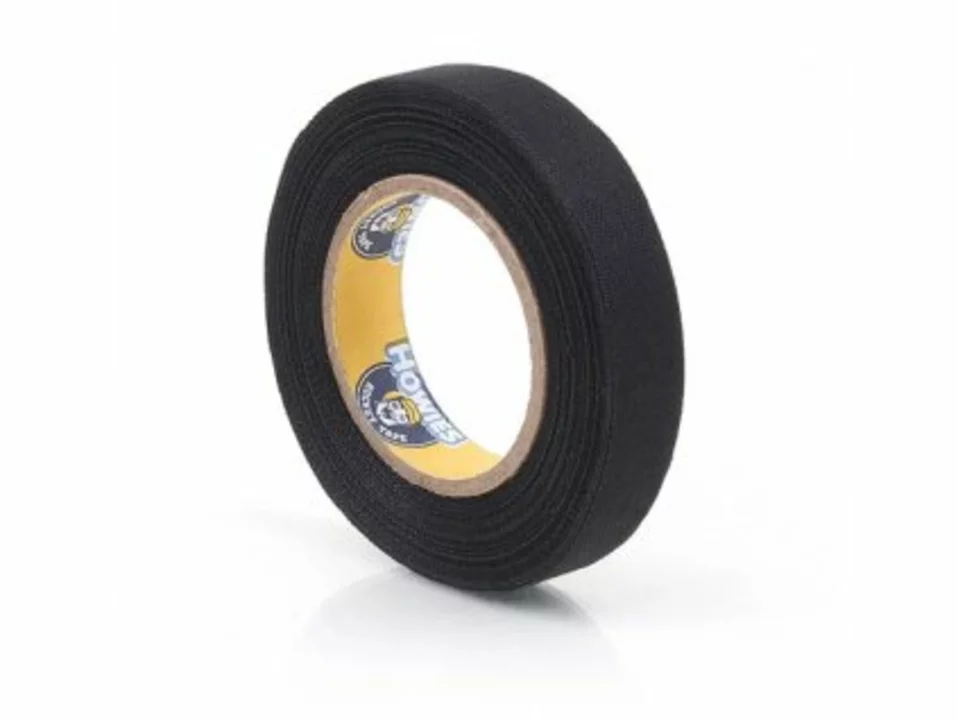Sports Equipment and Gear for Every Hockey Player
Whether you play on grass, indoor turf, or a concrete alley, the right gear makes the difference between a good game and a great one. This page breaks down what you need, why it matters, and how to choose items that fit your style and budget.
First, think about the stick. Modern sticks come in carbon fiber, composite, or wood, each offering a unique feel. A lighter stick speeds up your swing, while a stiffer shaft adds power. Test a few if you can, and pick the one that feels natural in your hands.
Next up are safety pieces. Gloves protect your palms and fingers, and a well‑fitted pair improves grip on the stick. Shins, elbows, and chest protectors cushion impacts during fast plays. Investing in certified gear reduces the chance of injuries and lets you focus on the game.
Accessories may seem minor, but they boost performance. A good ball or puck, a sturdy bag, and quality tape keep everything organized and ready. Even something as simple as a grip enhancer can improve your handling on rough surfaces.
Choosing the Right Hockey Stick
Start by measuring your height and arm length. A stick that’s too long forces you to overreach, while a short one limits reach. Look at the curve of the blade – a deeper curve helps lift the ball, a flatter blade offers better control on the ground. If you’re unsure, ask a coach or shop staff for a demo.
Street Hockey Hacks: Tape and Grip
One common question we get is whether a regular stick can double as a street hockey stick if you tape it up. I tried it myself and found that wrapping the blade with outdoor‑grade tape adds some grip and protects the surface from scratches. The tape does give a bit more traction on pavement, but it doesn’t change the stick’s core design.
Street sticks are built with tougher materials to survive concrete, so a taped‑up regular stick may wear out faster. If you play street hockey occasionally, the taped solution works in a pinch. For regular alley sessions, upgrading to a dedicated street stick saves you money in the long run because you won’t have to replace the blade as often.
Maintenance matters, too. Clean your stick after each game, wipe down the tape, and store it upright to avoid warping. Replace worn‑out tape before it cracks, and check the shaft for splits. A little care extends the life of both regular and street sticks.
Finally, treat this page as a quick reference guide. Use the tips to evaluate what you already own, spot gaps in your gear, and decide where to invest next. The right equipment not only improves performance but also keeps you safe and confident on the field. Happy playing!
